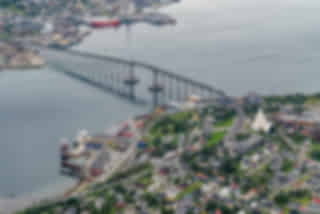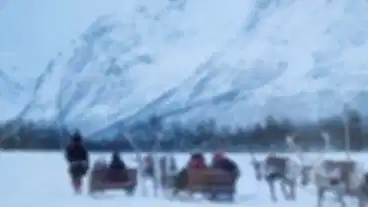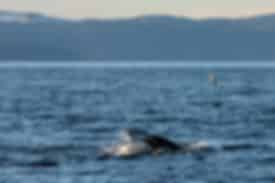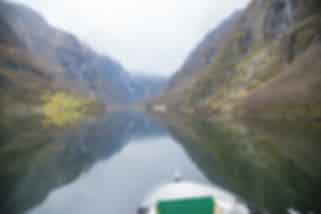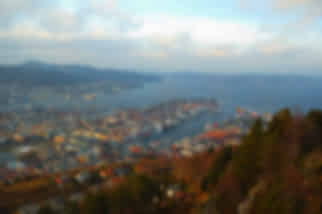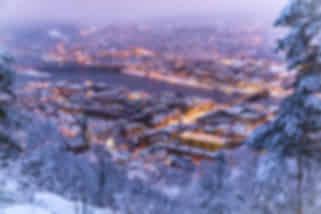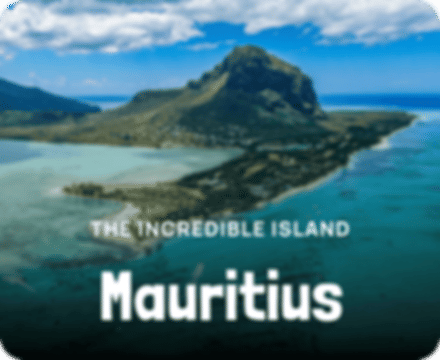Trolltunga Hiking Guide: Route, Weather, Safety & Gear Checklist
Author
Anvie Shrivastava
Updated Date
November 20, 2025
Read
6 minutes

Every hiker dreams about a moment when it is possible to stand on this impossible cliff, which extends to the air itself. And this is the place where the Trolltunga hiking is. Nevertheless, the Trolltunga hike is not a mere perspective walk in reality. It is 22 km of wild Norwegian nature, shifting plateaus, unexpected fog, and choices which count. This is your guide if you are a traveller who prefers to be precise, prepared and guided well. It is full of vestibulated goodness and the insight of one of the most legendary and challenging trails in Norway.
Plan a safe Trolltunga hike with this guide to weather, route details, gear, safety rules, best season, parking, itineraries and expert tips.
Trolltunga Weather: Seasonal Guide & What to Expect
The mountains of Norway operate on their own terms. Weather changes quickly, and what begins as sunshine can dissolve into cloud, wind, or rain within minutes. October snow can drift into June, and strong winds often reshape the plateau’s mood. Understanding the microclimate matters more here than anywhere else.
| Season | Conditions | Challenges | Clothing Recommendations |
| Summer (Jun–Sep) | Long daylight, milder weather | Crowds, slippery rocks after rain | Shell jacket, breathable layers |
| Shoulder (May & Oct) | Snow pockets, shorter light | Navigation difficulty, cold winds | Warm mid-layer, gloves, waterproofs |
| Winter (Nov–Apr) | Deep snow, ice, avalanches | Only suitable with guides | Crampons, ice axe, thermal layers |
No matter your season, always monitor yr.no before the hike and check updates at the trailhead.
Read more: Best time to visit fjords in Norway
Trolltunga Trail Overview: Route, Elevation & Terrain

Trolltunga is not a landscape; it is an adventure in a variety of mini-regions:
Lower Valleys (Skjeggedal / Tyssedal): Early Trail Conditions
Softer, wooded, and wind sheltered. Muddy trails may follow snow. It is the place where the majority of hikers undervalue the climb.
Steep Ascents: Elevation Gain, Snow Pockets & Fatigue Points
These should be the steepest gains in expectations. Snow extends to the beginning of summer. Most hikers face the problem of fatigue during these sections.
High Mountain Plateau: Fog, Wind-Chill & Water Crossings
The most gorgeous and the most harmless territory.
The fog can destroy the visibility in minutes. Chill freezes to the icy wind. Streams swell after rain.
Trolltunga Viewpoint Zone: Crowds, Exposure & Descent Risk
In summer, cold, bare, and crowded. Most slips are experienced at the edges and not at the photo point.
Trolltunga Packing List: Essential Gear & Safety Equipment
A successful hike over Trolltunga is a bargain with nature – and nature always wins when you are unprepared. Prepare for the worst, not the dream of the best.
- Base layer and warm mid-layer (fleece or down).
- Waterproof shell jackets and trousers.
- Waterproof hiking boots
- Dry socks + blister kit
- 2-3 L of water
- Electrolytes + snacks with high energy content.
- Navigation: GPX file, paper map, and offline maps.
- Headlamp + spare batteries
- Phone fully charged + power bank.
- Emergency bivvy or shelter
- First-aid kit
- Whistle
- During winter: crampons, ice axe, rope (guided), avalanche equipment (only trained)
Good operators provide downloadable checklists and GPX files — ask for them in advance.
Trolltunga Hiking Route Guide: Waypoints, Distances & Trail Logic
Skjeggedal / Tyssedal Start
Most hikers begin here. Save the coordinates:
Skjeggedal (60.2840deg N, 6.7433deg E).
Early Elevation
The most challenging part of the walk. Do not hurry, hurry your friends.
Plateau Entry
It is at this point that the landscape opens up – and where the weather can change in a moment. Write what you see and believe your GPX.
River Crossings & Stone Steps
These are essential during a rain or a melt. Avoid rushing.
Final Push to Trolltunga
Winds intensify. Terrain can be slippery.
The openness of the plateau is magnificent–but false.
Trolltunga Viewpoint
An astonishment cut by time and ice.
Prepare to wait in line during summer, icy slabs during winter and exhaustion during all seasons.
Best Time to Hike Trolltunga: Month-by-Month Guide
- June-September – Perfect, sunny days, smooth sailing.
- May-October – Only with snow experience.
- November-April -Only guided winter hikes.
Trolltunga Safety Tips for Hikers
- Have a turnaround deadline by which you begin and live by.
- Stick together, have a lead and a sweep.
- When the weather visibility becomes lower than clear, waypoints turn back.
- Turn on aeroplane mode to save battery; set your GPX aside.
- In case of injury or loss: remain composed, seek refuge and dial rescue with precise location.
- Always do not trust following the crowd, crowds also go astray.
Trolltunga Smart Itinerary: 5-Step Hiking Plan
It was based on the Japan-format itinerary style and was simple, layered, and practical.
Step 1 — Early Morning Start
The earlier the better, before daylight.
This purchase time, safety and gradual speed.
Step 2 — Climbing the Steep Section (First 4 km)
Slow and steady – here the fatigue starts.
Step 3 — Plateau Traverse (Middle 10 km)
Lo! take pleasure in the silence, but keep watch over vitality.
Fog can arrive suddenly.
Step 4 — Reaching Trolltunga (11 km Point)
Photos are to be taken gradually, be conscious about edges, and take breaks to replenish energy.
Step 5 — Descent & Return (22 km Total)
All the slips occur here because of fatigued legs- go slowly, keep watch.
Transport & Access to Trolltunga: Flights, Parking & Shuttles
Getting to Trolltunga
- Flight to Bergen – coach to Odda – ferry to Skjeggedal.
- Odda is the main transit hub
Trolltunga Parking Options (P1, P2, P3)
- Reserve official parking in either Skjeggedal or Tyssedal.
- Do not park beyond the designated area. Towing is enforced.
Seasonal Shuttles & Transfers
- Fast shuttles are seasonal; check times.
- In case of booking via a package, demand all transfer confirmations.
Travel Insurance for Trolltunga
- You cannot pay this increase with money you cannot afford to rescue.
- Select insurance to include mountain rescue.
Read more: Best areas and hotels in Norway
Conclusion: Why Trolltunga Is Worth the Effort
Trolltunga is a photograph until you get to it, and then it becomes something completely different. An encounter between boldness and soberness. Each of your steps, each of your layers you pack, each of these GPS position files that you saved, will become one of those moments that you will not forget at all when the wind of Norway ceases to touch your skin.
Travel shouldn’t feel stressful. If the layers of logistics – permits, transfers, timing, winter safety, or GPX planning – feel overwhelming, let experts handle them.
Explore curated Norway adventure packages and safe hiking itineraries with Pickyourtrai. Whether you go with guidance or independently, Trolltunga hiking guide rewards the prepared — and welcomes the respectful.
FAQs: Trolltunga Hiking Guide
How long does the Trolltunga hike take?
The finishing time of most hikers is 8-12 hours, which depends on the weather and fitness.
Is a guide required?
- Summer: No.
- Winter/Shoulder season: Highly suggested or obligatory.
What is the distance and elevation??
22 km round-trip with ~800-900 m ascent.
Do I need to carry a GPX file?
Yes. Always make use of operator-verified GPX and offline maps.
Can beginners do Trolltunga?
Yes, with training, however, fitness and preparation are necessary.
What is the best season to hike?
June-September: favourable weather.
Where can I book transfers and Norway packages?
Explore curated Norway packages with Pickyourtrail here:
Recommended articles for you
Discover Packages


Need help in planning?
Talk to our Travel Experts


